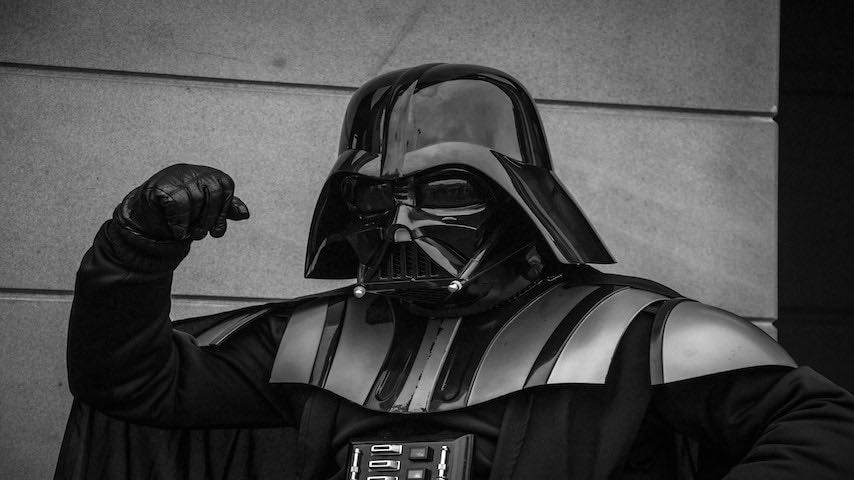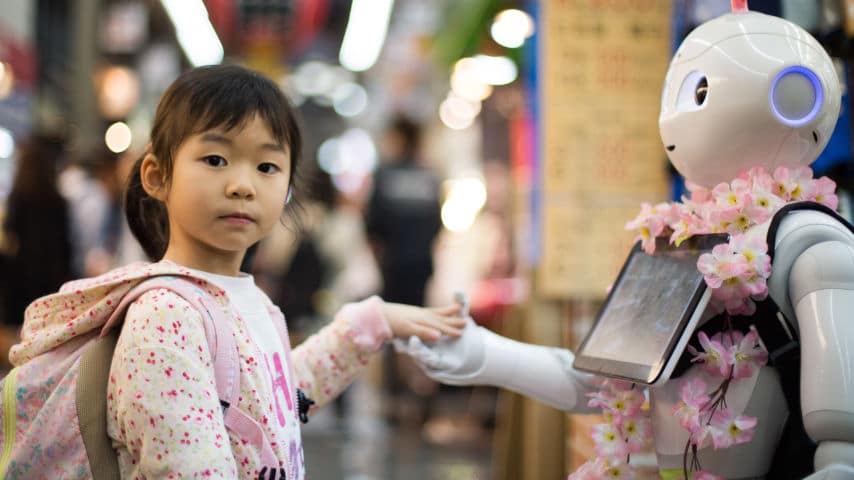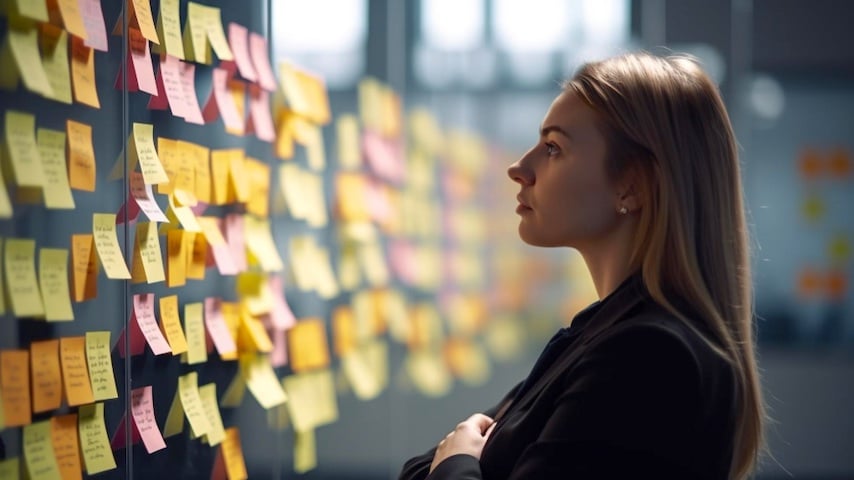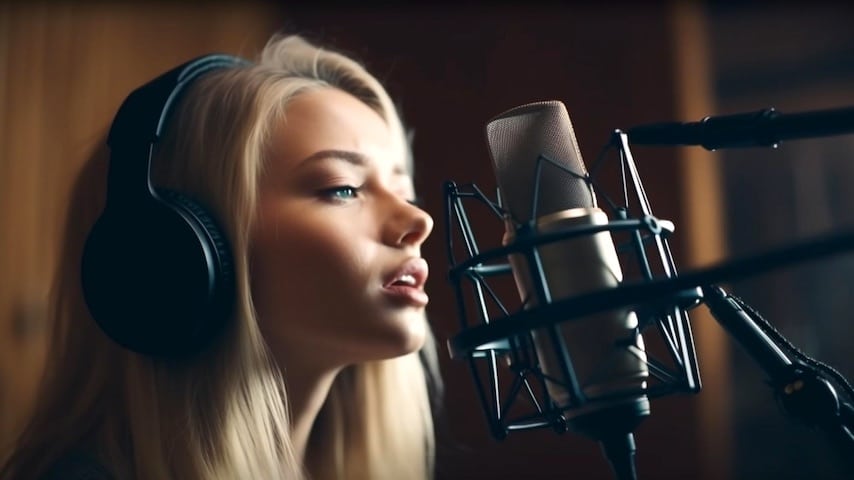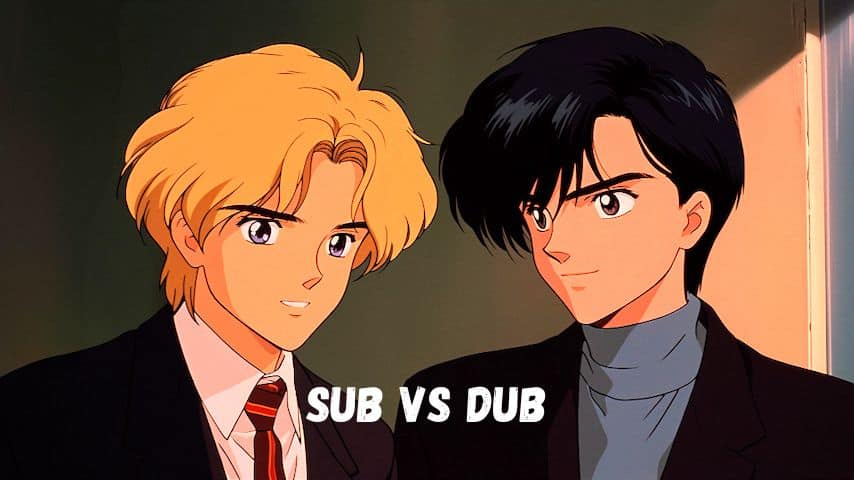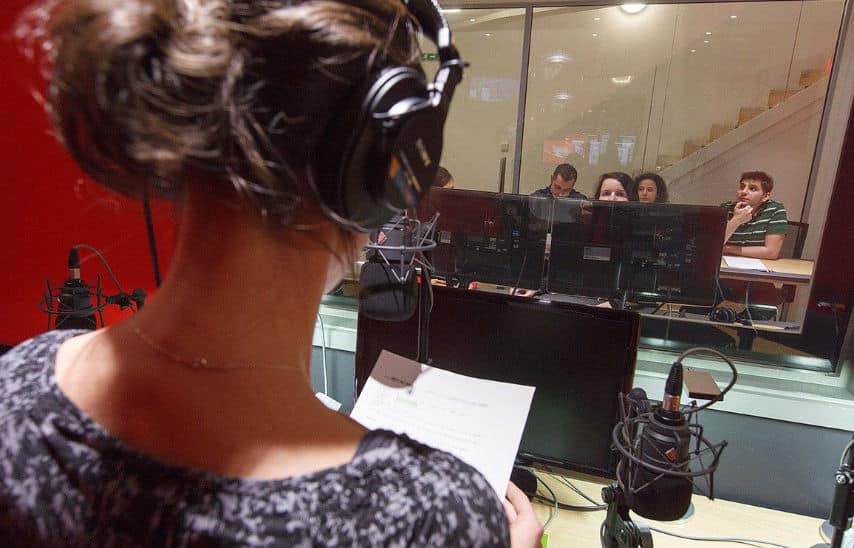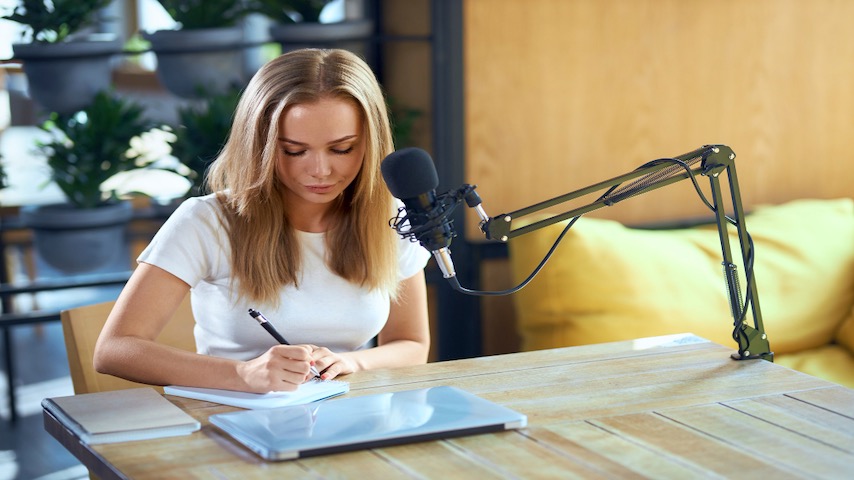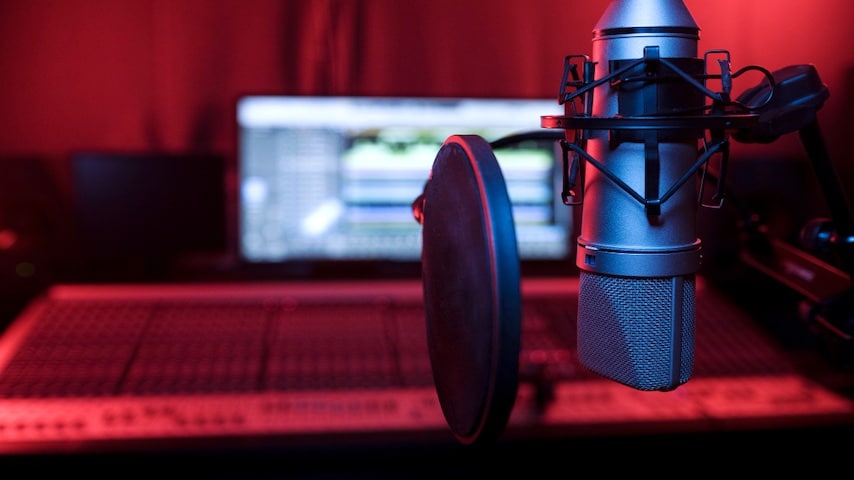The voice of Darth Vader is one of the most iconic and recognizable voices in popular culture. It’s a deep and menacing voice that has become synonymous with the character himself. From the first time that audiences heard Darth Vader speak in the original Star Wars film, they were captivated by the power and intensity of the voice. Over the years, the Darth Vader voice has become a pop culture phenomenon, inspiring countless parodies, impressions, and references in movies, TV shows, and music.
The importance of the Darth Vader voice extends beyond its pop culture status. It’s a key element of the character and plays an important role in creating the atmosphere of fear and intimidation that surrounds Darth Vader. The voice has become an integral part of the Star Wars franchise, and for many fans, it’s hard to imagine Darth Vader without it.
In addition to its impact on pop culture and the Star Wars franchise, the Darth Vader voice is also a testament to the power of voice-over artists. James Earl Jones, the legendary voice actor who brought Darth Vader to life, is a perfect example of the artistry and skill involved in voice-over work. Jones’s deep, commanding voice was a key part of what made Darth Vader such an iconic character, and it’s a great example of how voice-over artists can bring characters to life in ways that actors on screen sometimes can’t.
Overall, the Darth Vader voice is a fascinating and important topic for anyone interested in voice-over work, pop culture, or the Star Wars franchise. In this article, we’ll take a closer look at the science behind the Darth Vader voice, how professional voice-over artists can achieve a similar effect, the potential impact of AI technology on the voice-over industry, and much more. So, let’s dive in and explore the world of the Darth Vader voice!
Table of Contents
ToggleThe Science Behind Darth Vader’s Voice
The Darth Vader voice is one of the most distinctive and recognizable voices in film history. To understand how the voice was created, it’s important to look at the two key elements behind it: James Earl Jones’s voice and sound manipulation.
James Earl Jones is a legendary voice actor with a deep and commanding voice. When he was first approached to provide the voice of Darth Vader, he was hesitant because he felt that his voice was too “nice” for such a menacing character. However, with the help of director George Lucas, Jones was able to tap into the darker aspects of his voice and create the deep, menacing sound that we all know and love today.
The second key element behind the Darth Vader voice is sound manipulation. To create the distinctive sound of Darth Vader, the filmmakers used a combination of sound effects and audio processing techniques. The most recognizable sound effect is the iconic breathing sound, which was created by recording the sound of a scuba regulator and slowing it down. This sound was then combined with other audio effects, such as a low-frequency oscillator and a reverse gate, to create the final breathing sound that we hear in the films.
In addition to the breathing sound, the filmmakers also used other sound effects to create the overall sound of Darth Vader’s voice. For example, they used a special microphone called a Sennheiser MKH 416 to capture Jones’s voice and give it a fuller and more commanding sound. They also added reverb and distortion effects to create a sense of space and depth, which helped to enhance the character’s intimidating presence.
Overall, the science behind the Darth Vader voice is a combination of the deep and commanding voice of James Earl Jones and the skilled use of sound manipulation and audio processing techniques. These elements work together to create one of the most iconic and memorable character voices in film history.
Achieving the Darth Vader Voice Effect
The Darth Vader voice is a unique and iconic sound that has become synonymous with the character. Many professional voice-over artists aspire to achieve a similar effect in their work. But how can they do it?
The first step in achieving the Darth Vader voice effect is to understand the importance of controlling your breathing. Breathing is a crucial element of voice-over work, and it’s especially important when it comes to creating a deep, resonant voice like Darth Vader’s. Professional voice-over artists will often practice breathing exercises to strengthen their diaphragm and improve their control over their breath.
In addition to controlling your breathing, using specialized equipment can also help to achieve a similar effect. For example, using a large diaphragm microphone can give your voice a fuller and more commanding sound. It’s also important to use a pop filter to prevent unwanted pops and hisses in your recordings.
Another key element of achieving the Darth Vader voice effect is using the right vocal technique. Professional voice-over artists will often use a technique called “vocal fry” to create a deeper and more resonant sound. Vocal fry is a low-frequency vibration that occurs when you speak with a creaky or scratchy voice. It can be a powerful tool for creating a deep, resonant voice like Darth Vader’s.
Overall, achieving the Darth Vader voice effect requires a combination of vocal technique, breathing control, and specialized equipment. Professional voice-over artists who want to achieve a similar effect should work closely with their directors and producers to ensure that their performances match the needs of the project. With the right training and equipment, it’s possible to create a voice that’s just as memorable and iconic as Darth Vader’s.
AI and Darth Vader’s Voice
The field of voice-over work is evolving rapidly, and one of the most significant trends in the industry is the rise of AI-generated voices. As technology continues to advance, there is the potential for AI-generated voices to replace the need for human voice-over artists in certain situations, including the voice of Darth Vader.
AI-generated voices are created using machine learning algorithms that analyze large amounts of recorded speech to create a synthetic voice that sounds natural and human-like. While the technology is still relatively new, it has already been used in a variety of applications, including virtual assistants and voice-activated devices.
The potential impact of AI technology on the voice-over industry is significant. With the ability to create synthetic voices that sound almost indistinguishable from human voices, there is the potential for AI-generated voices to replace the need for human voice-over artists in certain situations. For example, AI-generated voices could be used to dub foreign-language versions of films or to create voice-overs for video games and other digital media.
Find an Iconic Voice
Find a voice as iconic as Darth Vader’s with GoLocalise’s diverse voice acting talent pool.
However, there are also concerns and limitations to consider when it comes to the use of AI-generated voices for the voice of Darth Vader. One of the main concerns is the lack of emotional range and authenticity in synthetic voices. While AI-generated voices can sound human-like, they often lack the nuance and subtlety that human voice-over artists can bring to a performance. This is particularly important when it comes to the character of Darth Vader, who is known for his deep and intimidating voice.
Another concern is the potential for AI-generated voices to sound too perfect and polished. While this may be desirable in certain situations, it may not be appropriate for a character like Darth Vader, who is supposed to sound menacing and intimidating. The imperfections and idiosyncrasies in a human voice can add a level of depth and authenticity to a performance that is difficult to replicate with AI-generated voices.
In conclusion, while the rise of AI technology in the voice-over industry is an exciting development, it’s important to consider the potential impact on iconic character voices like Darth Vader’s. While AI-generated voices have the potential to replace the need for human voice-over artists in certain situations, there are concerns and limitations that must be addressed. Ultimately, it’s important to strike a balance between technology and human creativity and expertise to preserve the iconic sound of the Darth Vader voice.
FAQs
The Darth Vader voice is one of the most iconic character voices in film history. As such, it’s not surprising that there are many questions surrounding the voice of Darth Vader. Here are some of the most frequently asked questions about the Darth Vader voice:
Who was the first voice of Darth Vader?
The first voice of Darth Vader was actually provided by actor David Prowse, who played the physical role of the character. However, his voice was ultimately replaced by James Earl Jones in post-production.
How much did James Earl Jones make for being the voice of Darth Vader?
While the exact amount is not public knowledge, it’s been reported that James Earl Jones was paid a flat fee of $7,000 for his work on the original Star Wars film.
How many times has James Earl Jones voiced Darth Vader?
James Earl Jones has provided the voice of Darth Vader in the original Star Wars trilogy, as well as in the prequel trilogy, the animated series Star Wars Rebels, and the film Rogue One: A Star Wars Story.
Why did James Earl Jones stop voicing Darth Vader?
James Earl Jones has not stopped voicing Darth Vader. He has continued to provide the character’s voice in various Star Wars projects over the years.
How many actors have voiced Darth Vader?
While only two actors are commonly associated with the Darth Vader voice (David Prowse and James Earl Jones), there have been a few instances where other actors have provided the voice for the character, including Bob Anderson in some scenes in The Empire Strikes Back and Return of the Jedi.
Who is voicing Darth Vader now?
As of 2021, James Earl Jones is still voicing Darth Vader in the Star Wars franchise, most recently in the animated series Star Wars Rebels and the film Rogue One: A Star Wars Story.
Why is Darth Vader’s voice different?
The distinctive sound of Darth Vader’s voice is a combination of actor James Earl Jones’s deep and resonant voice and sound manipulation techniques, including reverb and pitch shifting.
Is Darth Vader’s voice computer-generated?
No, Darth Vader’s voice is not computer-generated. It’s a combination of James Earl Jones’s voice and sound manipulation techniques, as mentioned above.
The Darth Vader voice is an important and iconic aspect of the Star Wars franchise. While there may be some confusion and questions surrounding the character’s voice, it’s clear that James Earl Jones’s performance has had a significant impact on the series and will continue to do so for years to come.
